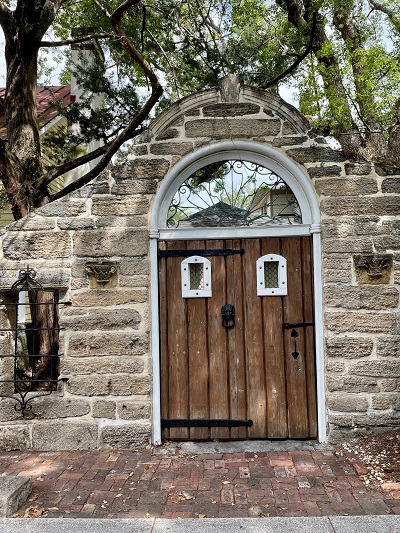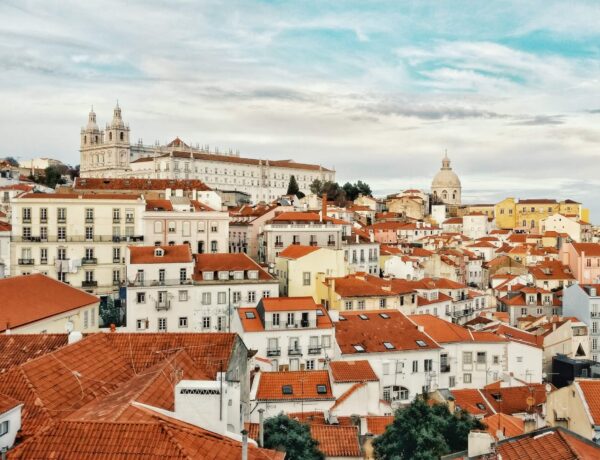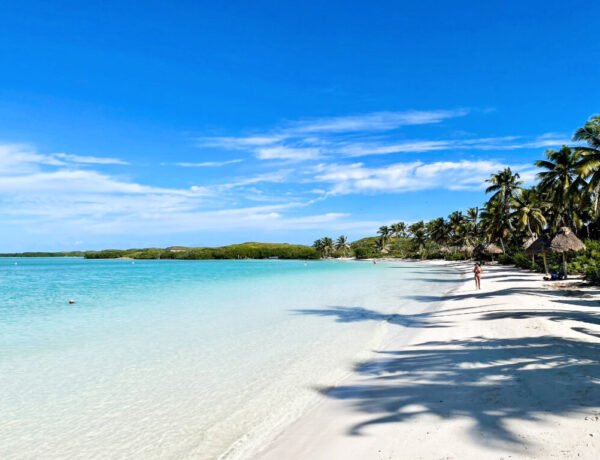The Best of St Augustine Florida | America's Oldest City
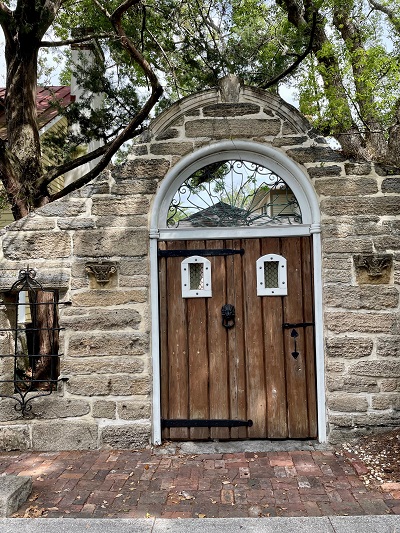
When I travel, I like to experience what it feels like to be there, what’s the vibe. I want to know what makes this place unique and what I would not want to miss. Aside from beautiful wide-open beaches and warm weather, I was attracted to the charm of the city. The city has an understated elegance heavily influenced by its Spanish origins as seen in the ornate facades and rod iron fencing throughout the city. Enormous trees dripping with Spanish Moss providing shade and a peaceful grace. It reminded me of Europe with its uneven walkways and cobblestone streets with rod iron fencing and stone walls surrounding bungalows and Victorian style homes. Founded in 1565 by Spanish explorers, the city was also occupied by the British and was acquired from Spain by the U.S. in 1819.
Downtown St Augustine
The downtown area is nestled in a beautiful, protected harbor and the beaches are on Anastasia Island a short drive from downtown. We embarked on an hour and a half harbor cruise with a narrated history of Saint Augustine and closeup views of the historic lighthouse erected in 1824. Another must see, is St. George Street, a bustling pedestrian only thoroughfare with lots of cubbyhole boutiques and bistros intermixed with historic sites such as America’s Oldest Wooden Schoolhouse, and yes, I got a diploma. Tucked away behind a courtyard where the public restrooms are is an authentic Spanish Bakery serving delicious pastries, empanadas, and bowls of picadillo. Rumor has it, some of the recipes date back to the earliest Spanish Settlers.
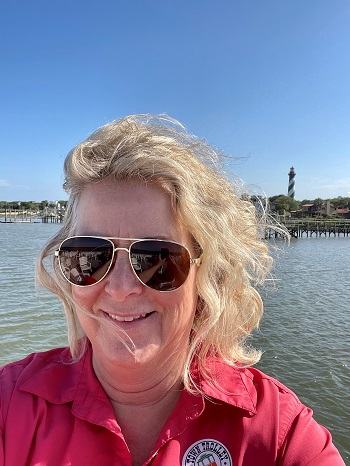
Minorcan Sub Culture
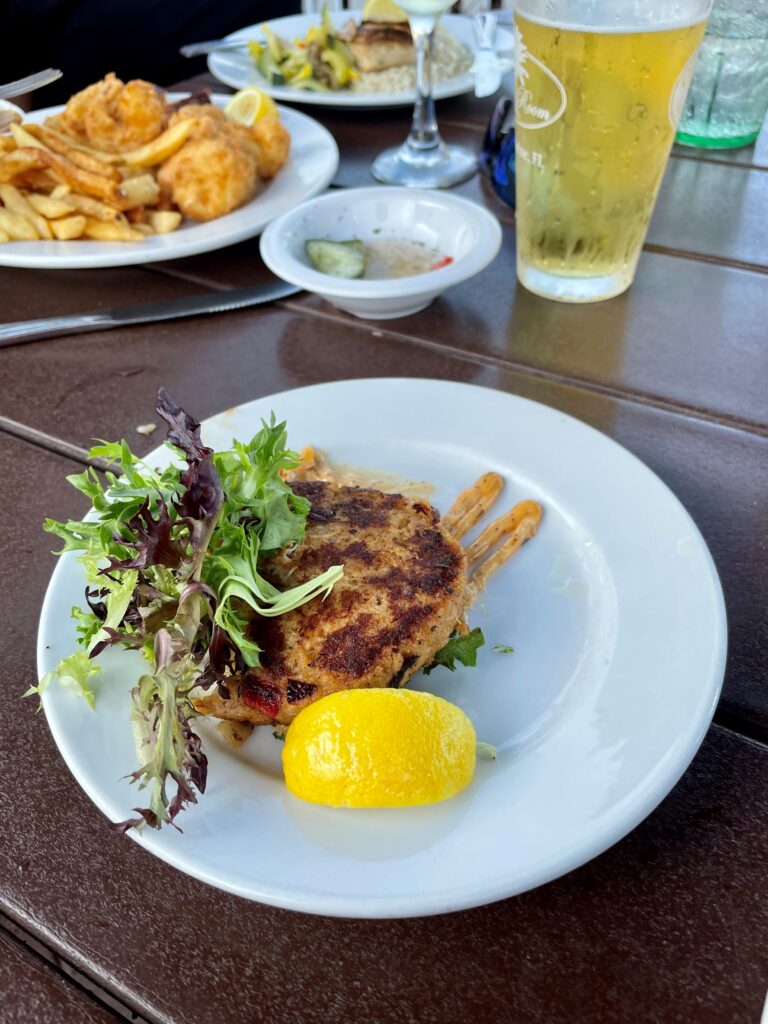
While on a hop on hop off trolley, I learned about the Minorcan people, a proud, thriving subculture in St. Augustine. The Minorcan’s were brought to New Smyrna Florida from the tiny island of Menorca off the coast of Spain near Barcelona. They were persuaded to come to Florida to farm Indigo, a plant used to make a dark blue dye, after a 2-year drought in Menorca that threatened their livelihood. They were indentured servants who signed a 10-year contract to farm the Indigo Plant and were treated more like slaves. After 9 years a small group traveled 70 miles from New Smyrna to St. Augustine to beg the governor to release them from their contract. The Governor allowed them to break their contracts and move to St. Augustine where he granted them asylum. They settled in an area near the city gate which is now known as The Minorcan Quarter. There is much controversy over the spelling of the name but in Florida they are known as Minorcan’s rather than Menorcan’s.
Pilau - Minorcan Dish
One of the foods that appeared with the arrival of the Minorcan’s and was cultivated by them is the Datil Pepper. It is on the hot side being compared to the Habanero Pepper. It has a unique flavor almost earthy and sweet along with the heat. One of the traditional dishes is called Pilau (pronounced Perlow). The original recipe from the book “A Tour of St. Augustine history, Food, and Culture – A Minorcan Perspective” by Ryan and Angela Saxon calls for Datil Peppers sliced and Datil Sausage, both of which I did not have. I did purchase the dried Datil Pepper Spice prior to leaving St. Augustine that I substituted along with Andouille sausage. The pilau was delicious with plenty of heat and tasted like a combination of Jambalaya and Paella. Here is my version of Pilau.
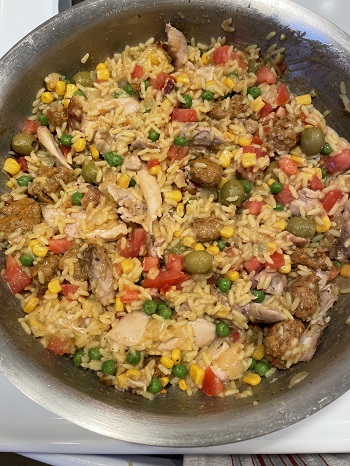
Ingredients
2 ½ cups of water 1 cup of Yellow Rice 1 medium onion diced ½ cup of corn ½ cup of sweet peas 1 dozen Green Olives 1 diced tomato
|
3 boneless chicken thighs cut in small pieces 3 cloves of garlic minced 2 T butter or bacon grease 2 T flour 2 slices of bacon ½ teaspoon dried Datil Peppers Salt and Black Pepper |
Bring water to boil, add rice, stir, cover and simmer. While the rice is cooking, make the roux with the bacon grease and flour. Cook the sausage, chicken and onion in the roux until brown and slightly crispy. Add this to the rice while the rice is still cooking. Before the rice is all the way cooked add the remaining ingredients, corn, peas, green olives, garlic and Datil Peppers, salt and Black Pepper if needed. The flavors will meld together nicely.
St Augustine Distillery
Another stop on the Trolley route was the St. Augustine Distillery located in the Lincolnville area just South of downtown. 20 local families partnered to restore Florida’s oldest Ice Plant built in 1907 into the most visited Craft Distillery in America. Distilling Gin, Rum and Bourbon Whiskey using local and regional ingredients to create some of the best craft cocktails I’ve savored. Small sample cocktails are mixed by their team of distillers at different stations throughout the lovingly restored red brick building located in the Historic Lincolnville Neighborhood.
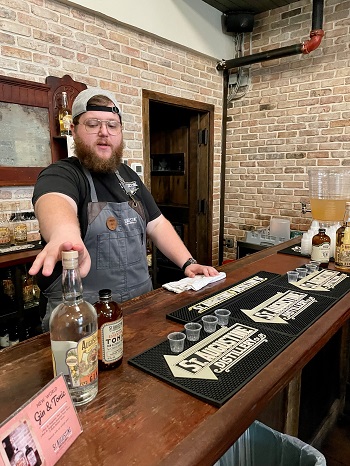
Lincolnville - Historic Places
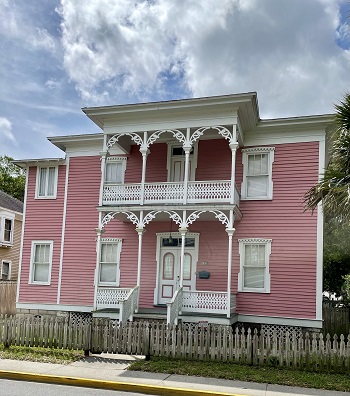
The Lincolnville Neighborhood is on the cusp of regentrification. I happened upon it after eating brunch at The Blue Hen Café, scrumptious by the way. More on that in the good eats’ sections. As I leisurely meandered my way back downtown on foot, I reveled in the shade of ancient Oak Trees and Cedars that dot the landscape. I stopped into the Lincolnville Museum and Cultural Center and learned about the history of the area. The museum is housed in the Historic Excelsior School Building, the first public high school for African Americans. Lincolnville, originally settled by early Native Americans, freed Black Slaves settled in the area after the Civil War and remained predominately Black.
During the 1990’s the City of St. Augustine demolished many homes in the area, making the remaining structures consisting of Bungalows, Shot Gun & Victorian Homes, and a couple mansions all that more valuable. The area boasts the largest collection of Victorian Architecture in the city. There are pros and cons, of course, about re-gentrification. Some of which lose the original character of the town, and what it stood for. On the upside, it brings new growth and police activity associated with crime has declined. It’s an attractive area for college students from Flagler College due to its proximity and affordability. Along with this brings in a different element of late-night parties, and loud music which is contrary to the peaceful beauty of the neighborhood.
Good Eats
The seafood here is some of the freshest I’ve ever had. The food culture consists of an abundance of fresh seafood, shrimp is the best, and Grouper that must have been right off the boat. There is a bit of barbecue, after all, it is the South, some true Southern food, and some Spanish influence. And a trip to Florida isn’t complete without Key Lime Pie! Quite an eclectic mix of food styles.
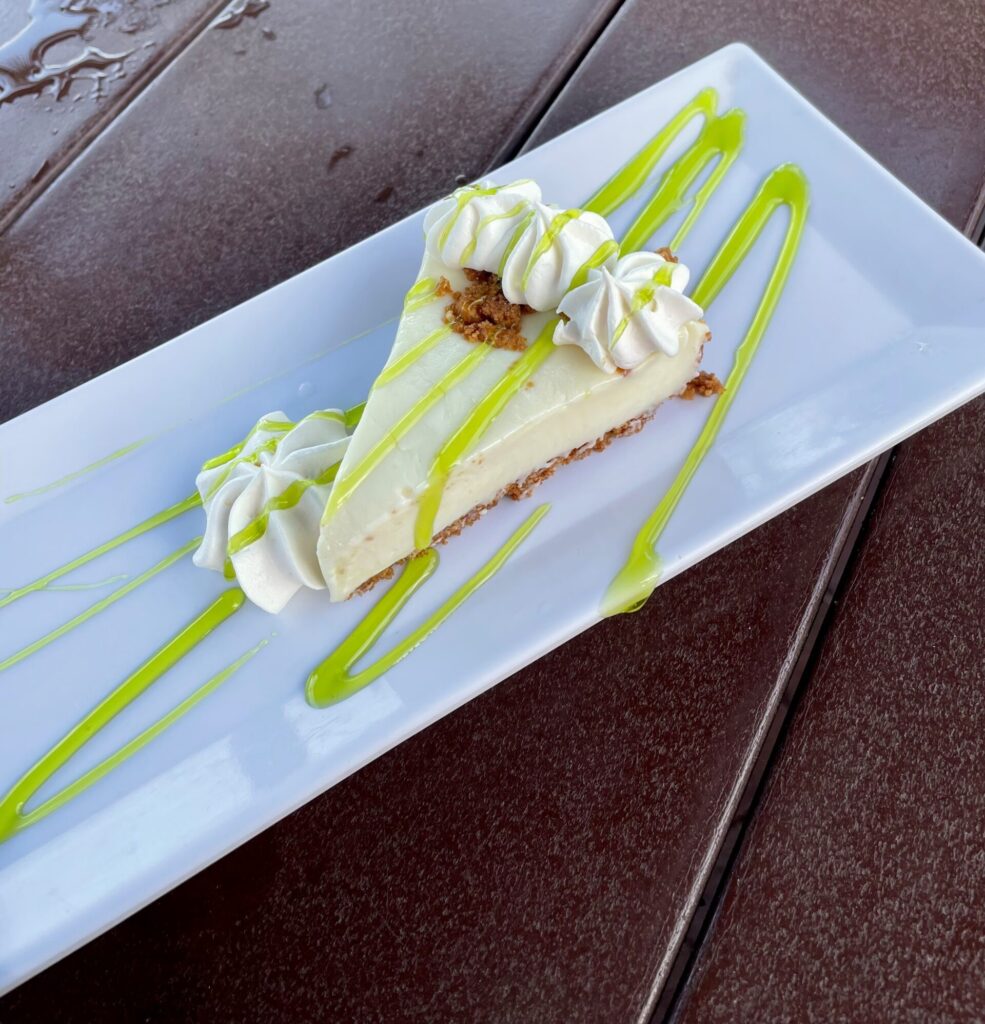
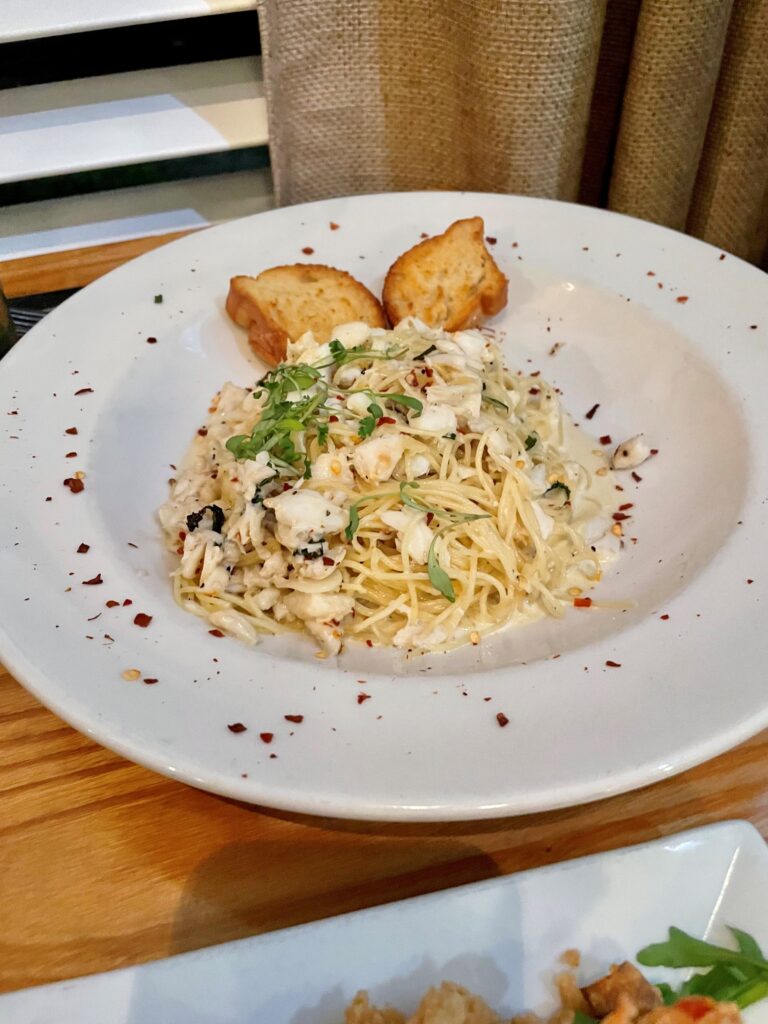
The Blackfly Restaurant is known for its creative menu taking the best recipes from various fishing lodges in the Caribbean, including their own Blackfly Lodge in Abaco Bahamas. Their seafood is as fresh as they can get, and their vegetables are harvested locally from farms West of St. Augustine where Henry Flagler (Railroad Barron) promoted farming to feed his guests at the famous Ponce De Leon Hotel in the 1940’s. Authentic combinations such as the Blue Crab Capellini with Basil, Red Pepper, in a White Wine Cream Sauce was outstanding.
The Blue Hen Café is in the Historic Lincolnville neighborhood. I arrived on a Saturday morning to a long line of patrons waiting so I knew it must be good. It did not disappoint. Ham and Scallion Quiche, delicious crispy home fries and probably the best biscuit I’ve ever had.
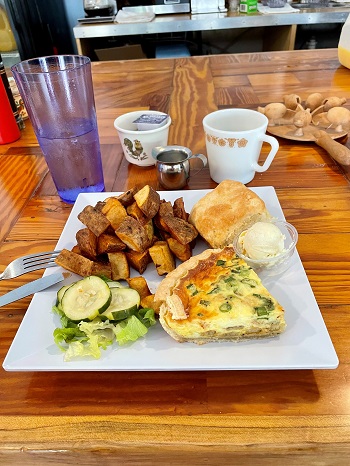
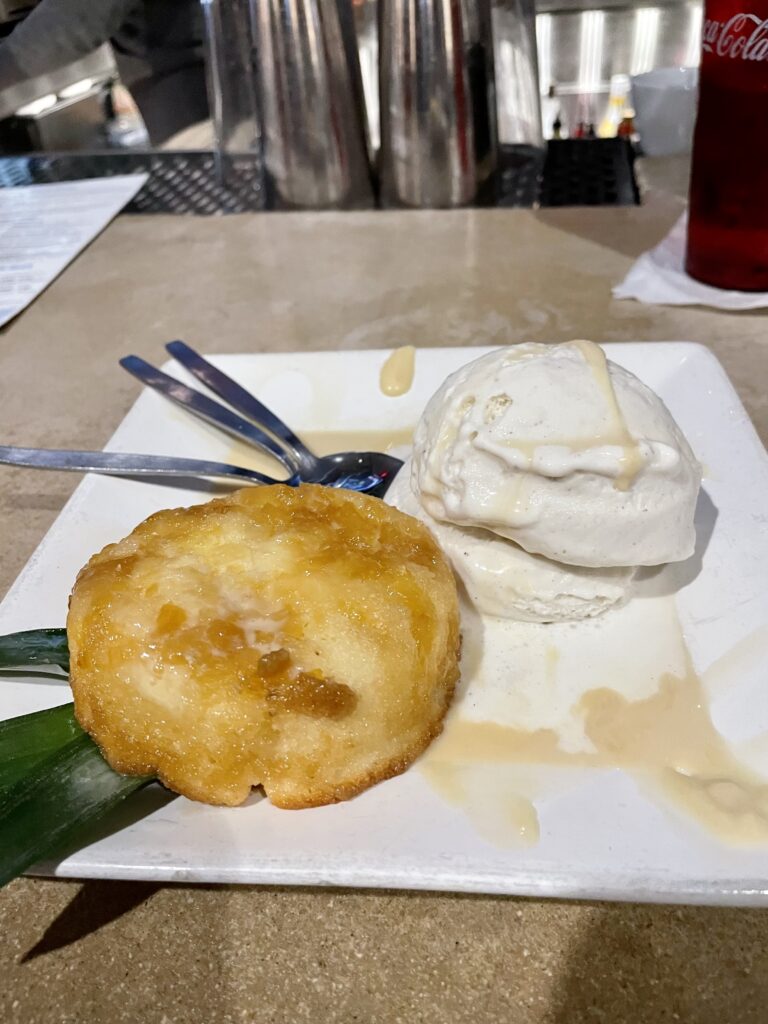
Salt Life is located out on Anastasia Island along the beach with a laid-back surfer vibe. I had Grouper with Mango Salsa and Yellow Rice, so yum! The Pineapple Upside Down Cake was light and fluffy with pineapple chunks, a lite syrup not too heavy or sweet topped with Vanilla Bean Ice Cream. So delicious and glad I shared it with my friends!
Forgotten Tonic is a restaurant in town near St. George Street. The pasta primavera with grilled shrimp and broccolini loaded with fresh parmesan cheese, so creamy and delicious.
Two other restaurants I did not have time to visit were Preserve, featuring Southern Fare, and Columbia. I’ve eaten at Columbia near Sarasota, and it was amazing.
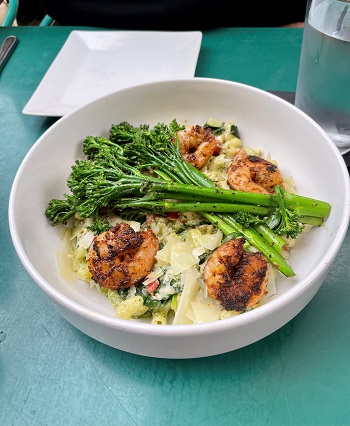
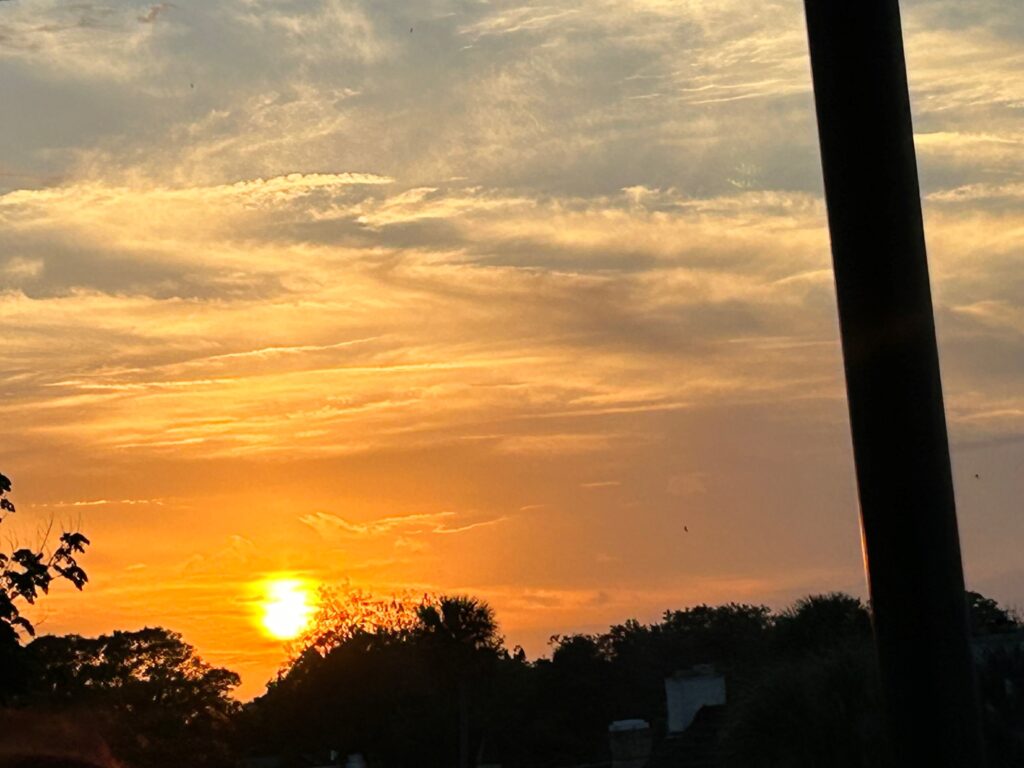
I visited St. Augustine in early April over Easter Weekend, and I found the temperatures were lovely, in the upper 70’s. There’s always a cool breeze that feels refreshing. Beyond the typical tourists’ attractions lies an elegant city with a colorful past that I barely scratched the surface of. It’s worth another visit to see what other treasures I can unearth in this classic, unpretentious city.

